
How to Integrate Odoo with WordPress?
Integrating Odoo with WordPress can be a useful solution for business as it works as a powerful strengthening tool for both platforms. Talking about individually, odoo is an open-source ERP system that manages various business functions, on the other hand WordPress is a widely-used platform for the content management system (CMS) and is mostly used in creating websites and blogs. In this blog we will talk about the integration process of both of these platforms and will know how they allows the user for a seamless data flow between your e-commerce operations and content management, to significantly improve the efficiency and user experience.

Why Integrate Odoo with WordPress?
When the user integrate odoo with WordPress it comes with various benefit, there are some of the key reasons why integrating with odoo can be beneficial:
Centralized Management
When the user integrates Odoo with WordPress, they have the freedom to manage their e-commerce operations, customer relationships, and content from a single platform without the hassle of multiple platforms.
Enhanced Customer Experience
Customers can easily browse products on their WordPress site and place orders through Odoo. This process facilitate a smooth transition from browsing to purchasing and make it much more convenient for the customer.
Automated Processes
Integration helps the business owners to automate their repetitive tasks such as lead generation, order processing, and inventory management, that also assist them in freeing up the resources for strategic initiatives.
Methods of Integration
There are various methods that the user can follow and conduct the integrating process of Odoo with WordPress, every method has its own pros and cons and suits different business needs and technical capabilities.
Direct API Integration
The APIs method provided by both Odoo and WordPress comes with an advanced custom integration that is specifically made keeping the client requirements in mind. The Direct API Integration method offers a maximum flexibility and control but taking about its demerit it requires technical expertise in development.
Advantages
It can provide complete customization based on the unique business needs.
It comes with the ability to create complex workflows that suit specific operational requirements and built an easy workflow for the user.
Disadvantages
To work efficiently it requires significant technical knowledge and resources by the end-user.
It comes under the category of higher initial setup costs due to development time which may not go really well with beginners and small scale business owners.
Odoo/WordPress Plugins and Connectors
The platform offers numerous plugins that can easily facilitate the integration between Odoo and WordPress without the knowledge of extensive coding:
Key Features
Odoo Connector: This plugin provides the user with basic synchronization on the product data, leads, and orders between the two platforms.
WordPress Connector: The WordPress Offers more advanced features like the real-time synchronization and automated workflows.
Third-party Plugins: The third-party plugins are offered by various developers that has the capability to cater the specific functionalities like connecting Odoo CRM with WordPress forms.
These plugins are often used to simplify the integration process and make it accessible even for users with limited technical skills.

Third-party Automation Tools
There are tools like Zapier that allows the users to connect Odoo with WordPress without writing any programming code. The Users can set up triggers like the new form submissions in WordPress that can automatically create or update the records in Odoo.
Advantages
No programming coding required has a user-friendly interface.
Provides a Quick setup with pre-built templates that can be used for common tasks.
Disadvantages
The user have the limitations regarding to the data fields or specific features that can be synced further.
The user have a limited control over the custom workflows when compared to direct API integration.
Professional Integration Services
There are still many businesses that are lacking in the technical resources to implement the process of integration themselves, professional services are available. The companies who are specialized in Odoo and WordPress integration has the ability to handle the entire setup, configurate the process and the ongoing maintenance.
Advantages
Expertise here ensures a smooth integration process.
It reduces the burden on internal IT resources and promotes quick response.
Disadvantages
Typically gains the additional costs.
The user here has less control over the integration process as it is managed externally.
Step-by-Step Integration Process
Step 1: Define Your Requirements
Before the actual integration process start, it is important to clearly define the end goal for the user and what they want to achieve. These are some of the aspects that the user have to consider:
Data synchronization needs the components like the product information, customer data.
It is important to set the level of customization.
It is important to set the level of customization.
Step 2:Choose Your Integration Method
Based on the users requirements and technical capabilities, the user have to select an appropriate integration method: we have given some of the options based on the requirements.
If the user wants to have it for full customization they can have the Direct API integration.
If the venture searching for ease of use in their current workflow they have to work with Plugins or third-party tools like Zapier.
Professional service gives better end result with minimal effort.
Step 3:Set Up Your Environment
Odoo Setup:
Ensure that you have access to your Odoo instance which can be either self-hosted or cloud.
Install all the necessary modules related to e-commerce or CRM.
WordPress Setup:
Ensure that your WordPress site is up-to-date or in easily words it is updated.
Install the relevant plugins for integration so the user can use WooCommerce if they are running an online store.

Step 4:Implement the Integration
Using Plugins:
Install the plugin that you have chosen from the WordPress plugin repository or the user can also upload it manually.
Configure the plugin settings by entering your Odoo API credentials. It involves the URL, database name, username, password.
The user have to set up synchronization options based on their needs.
Using API:
Develop a custom scripts using PHP or Python that can utilize both APIs and can handle the process of data exchange.
Implement all the necessary endpoints in your current Odoo instance to receive the data from WordPress.
Test that you have a proper connectivity thoroughly the process before going live.
Using Zapier:
Login in in your account or Sign up for a Zapier account if you don’t have one.
Create a new Zap by selecting the triggers from WordPress like the new form submissions and the actions in Odoo like the one creating leads.
Test the Zap and ensure that it works as intended before activating it.
Step 5: Testing
Conduct thorough integration testing:
Verify that the flow of data is proper between the platforms without errors.
Test the integration in various scenarios to ensure all functionalities are working as expected.
Monitor the performance carefully as it impact on both the platforms during testing.

Step 6: Launch and Monitor
Once testing is complete and the user is satisfied well:
Launch the integrated system in the live environment.
Continuously monitor the performance and address any issues that arise after the launch
Gather all the valuable feedback from users to identify the areas for improvement
Overall, integrating Odoo with WordPress can be a game changing move to significantly grow your business, the process may be a bit complex for some the users but taking help from experienced ones like o2b technologies can boost your venture productivity and will help you reach the mass audience.
FAQs
Is Odoo similar to WordPress?
Odoo is an open-source ERP system that manages various business functions, on the other hand WordPress is a widely-used platform for the content management system (CMS) and is mostly used in creating websites and blogs.
Can we make a website with Odoo?
Odoo can help the user to create website design with its user-friendly and intuitive interface, the user can create, manage, and customize their own website effortlessly.
What are the perks of integrating Odoo with WordPress?
Automated Processes, Integration helps the business owners to automate their repetitive tasks such as lead generation, order processing, and inventory management, that also assist them in freeing up the resources for strategic initiatives.





















































































.webp)
















































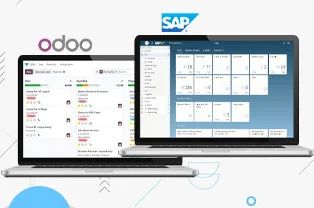

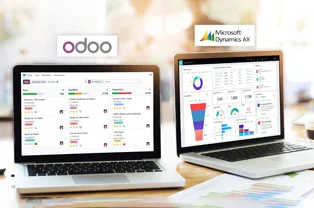
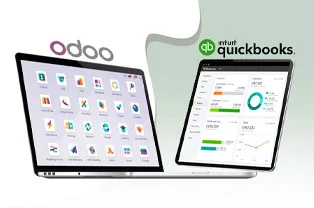
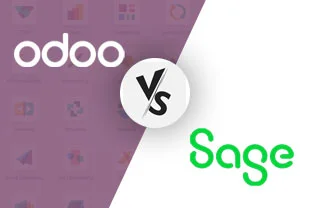
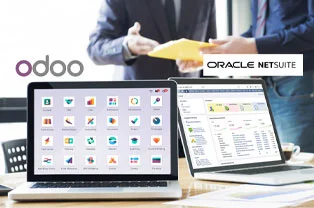
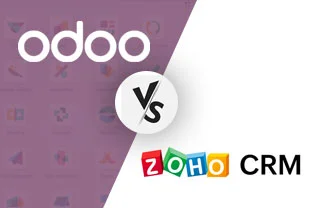
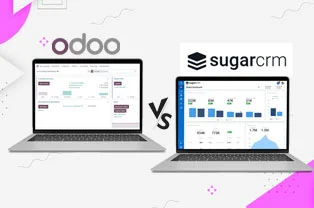
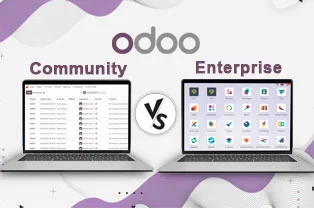




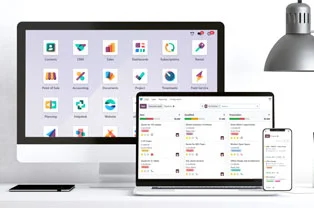






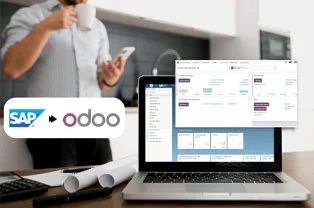


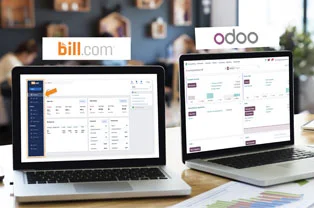


















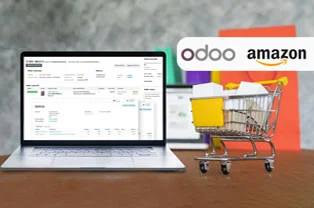
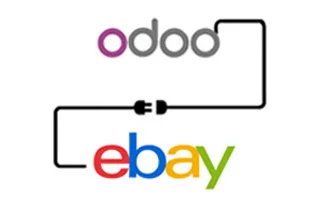
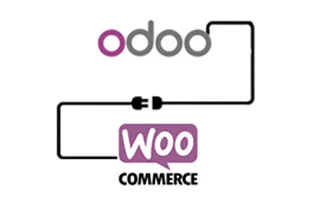
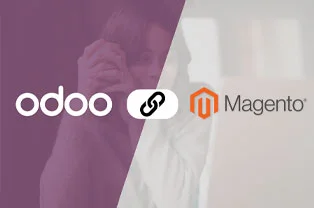

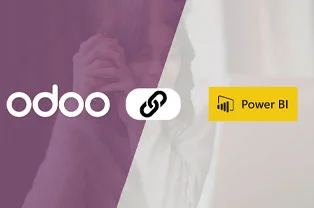








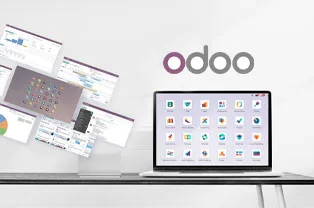

















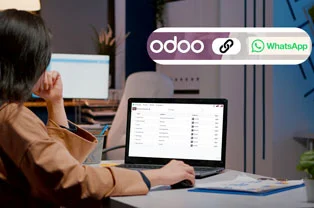

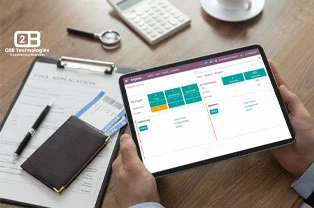






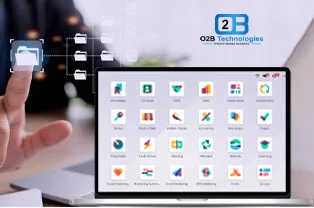


















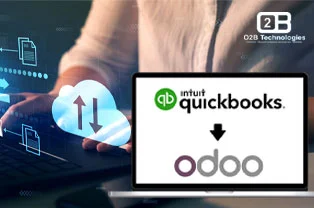
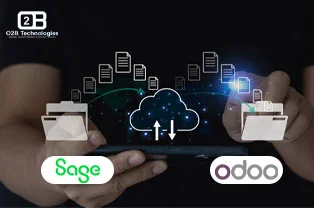









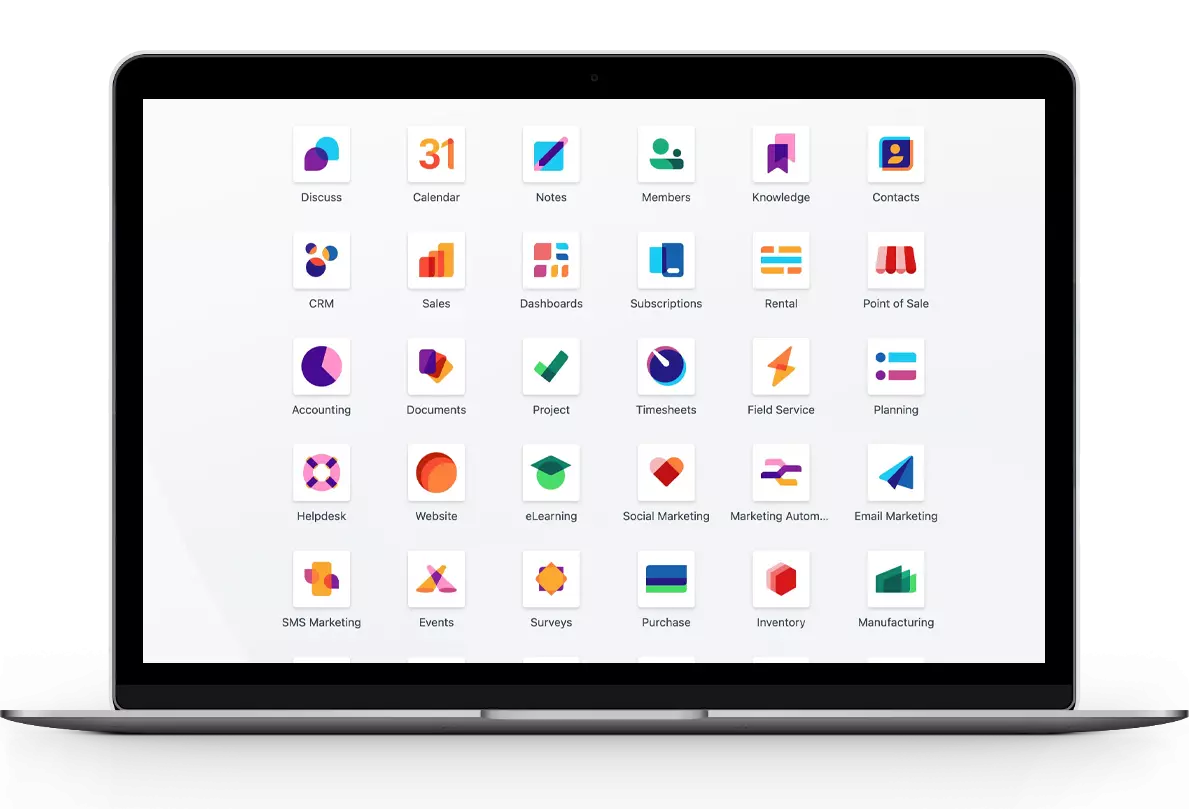










































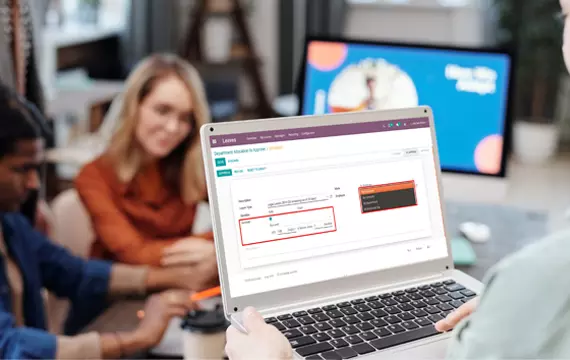






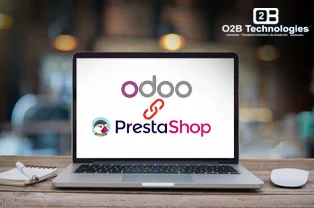

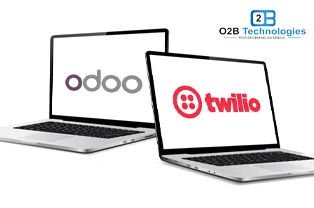


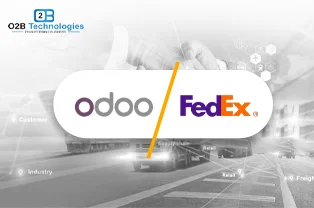
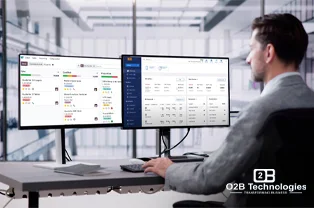







 USA
USA INDIA
INDIA